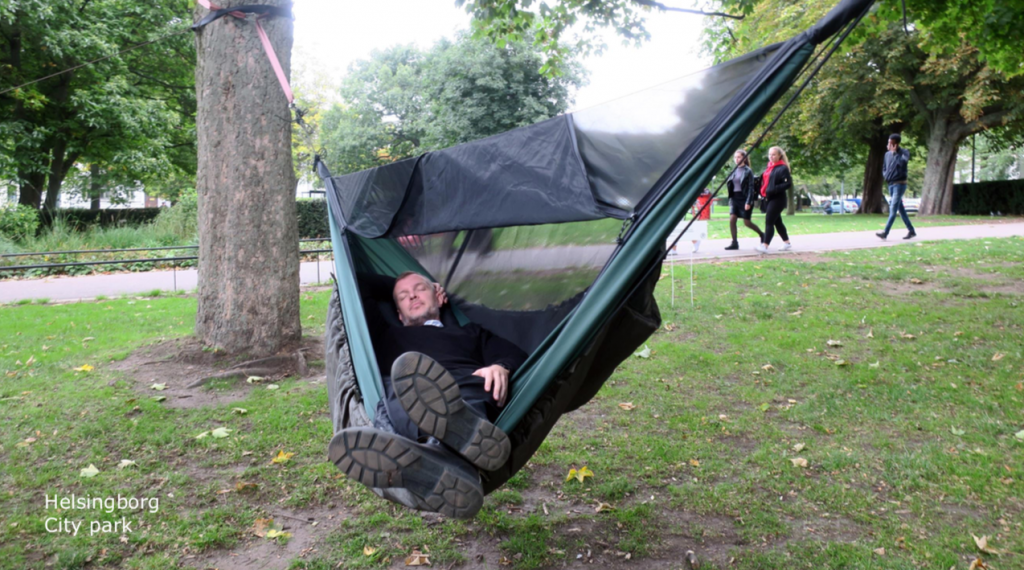The Balanced City Soundscape

BETTER SOUND 2019 | Categories: 3.2 Health, 3.5 Noise Protection
Entrant
ÅF Sound & Vibration
Abstract
A new approach to noise assessment and sound studies of cities and urban areas, focusing on a balanced soundscape to improve well-being in the city. A study of quantitative and qualitative values of sounds.
Project description
Initial outset
Liveable cities are cities designed for people. The needs and requirements of the people should give guidance to urban planning, including urban sound design.
Cities are growing and the noise exposure is consequently increasing. This is a challenge which needs to be addressed in the shaping of our built environment. At ÅF Sound & Vibration, we see a need for a new framework to conduct and present nuanced studies of acoustic environments. When approach by the City of Helsingborg, to propose acoustical improvements of four urban areas, we were able to put a new approach into practice.
Idea and concept
Attitudes towards urban acoustic environments are too often focused on noise and the negative aspects of noise exposure. The debate is centred around noise rather than sounds that empowers well-being. A human centric approach to acoustic environments and soundscaping would enable the formulation of questions to which sounds should be preserved, highlighted or multiplied in built environments. Noise can be measured, mapped and managed according to regulatory compliance. The experience of sounds however, is not included in such assessments.
The project was not only to conduct a noise assessment – it was to conduct a study of peoples’ perception of their acoustic environment. The result would provide a more in-depth basis for decision makers in Helsingborg.
Solution
A traditional noise assessment was carried out, but the report was complemented with our findings from a qualitative study. In the study, sounds were categorized as human sounds, nature sounds and traffic sounds, based on a common vocabulary for sound characteristics. Thereafter, each sound category was mapped according to a predetermined grid system. In each grid, emotions and perceptions of a focus group were evaluated and documented. Color maps were created to show the extent of the perceived presence of each sound category.
When you compare the sound maps with the traditional noise report, there is a gap. This indicates a new approach to noise mitigation measurements and acoustic design is needed.
Results
The complete study was presented to the City of Helsingborg with a toolbox of design proposals on how to work both on noise mitigation and sound design. An important aspect was to integrate any noise barrier to the visual presentation of the area. An aspect is to not replace an audible problem into a visual problem. The report and toolbox will be used as basis for urban planning and sound planning.
Project video